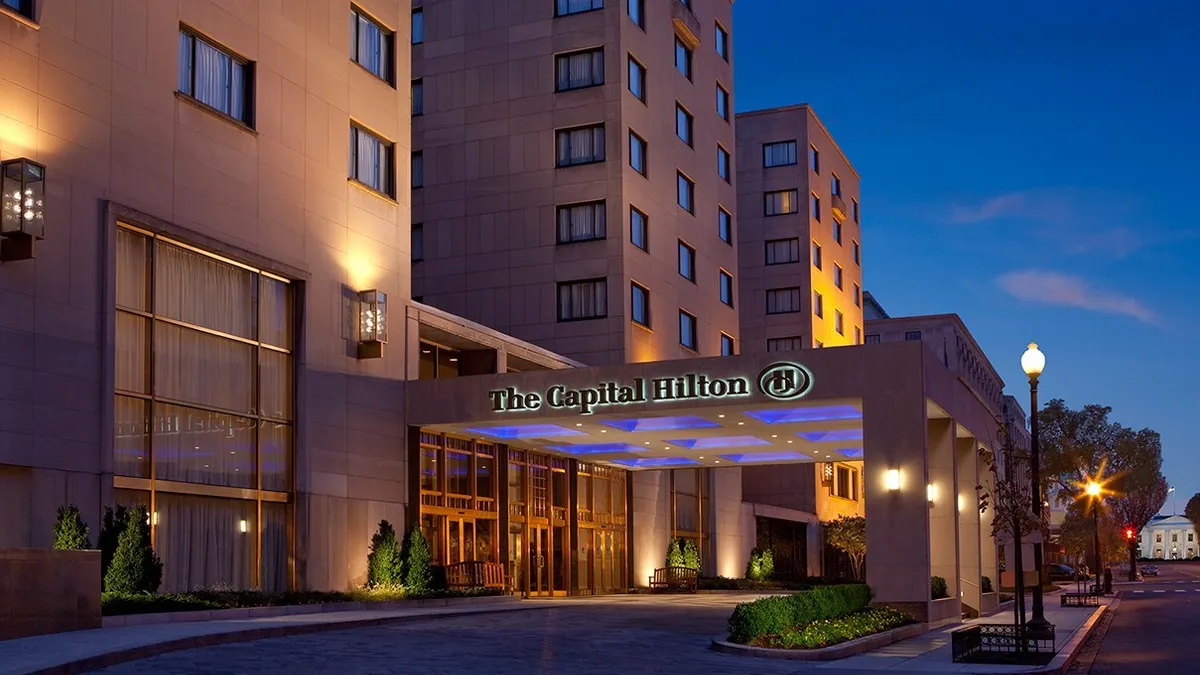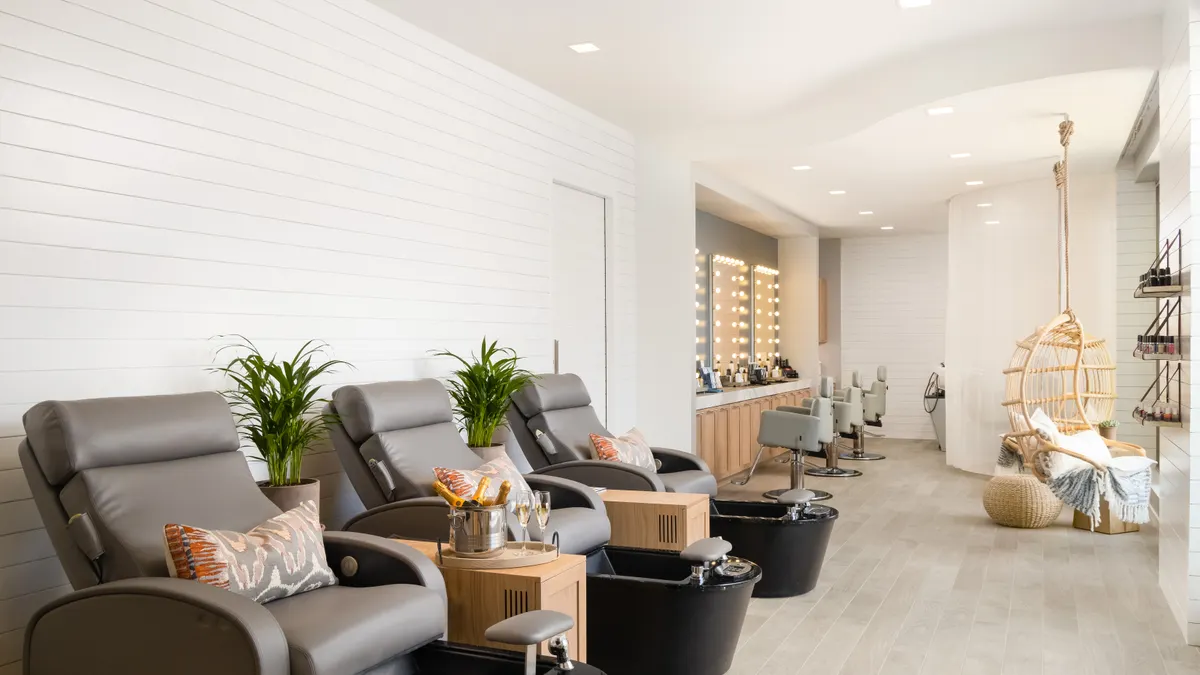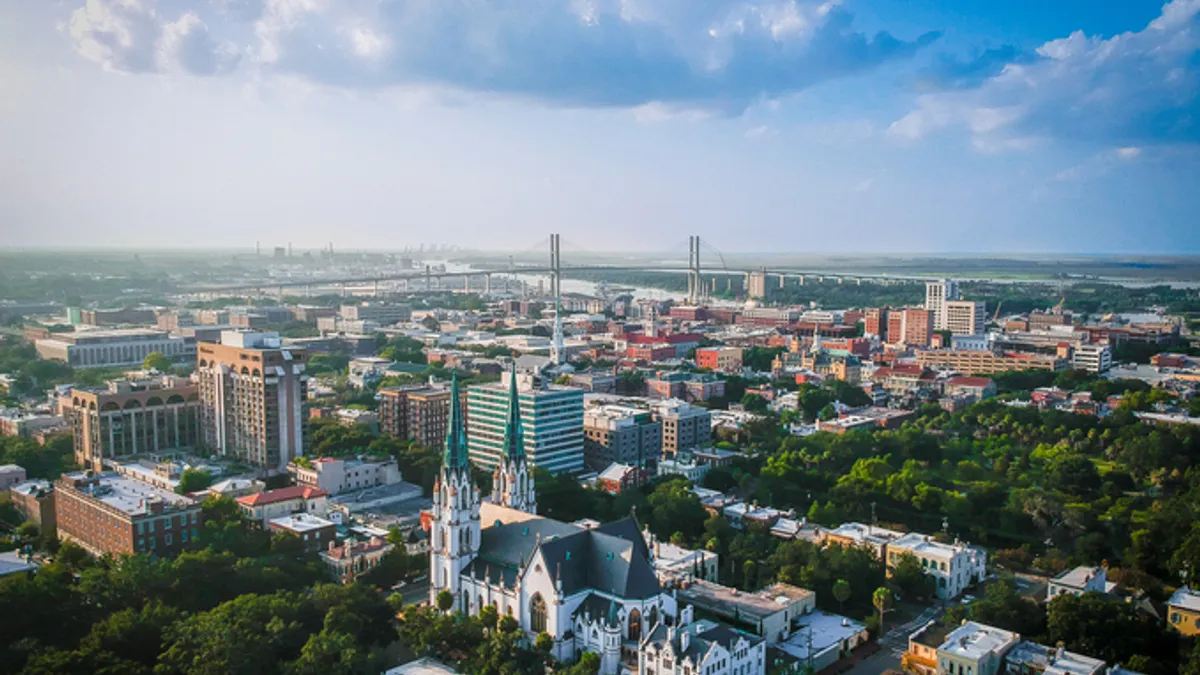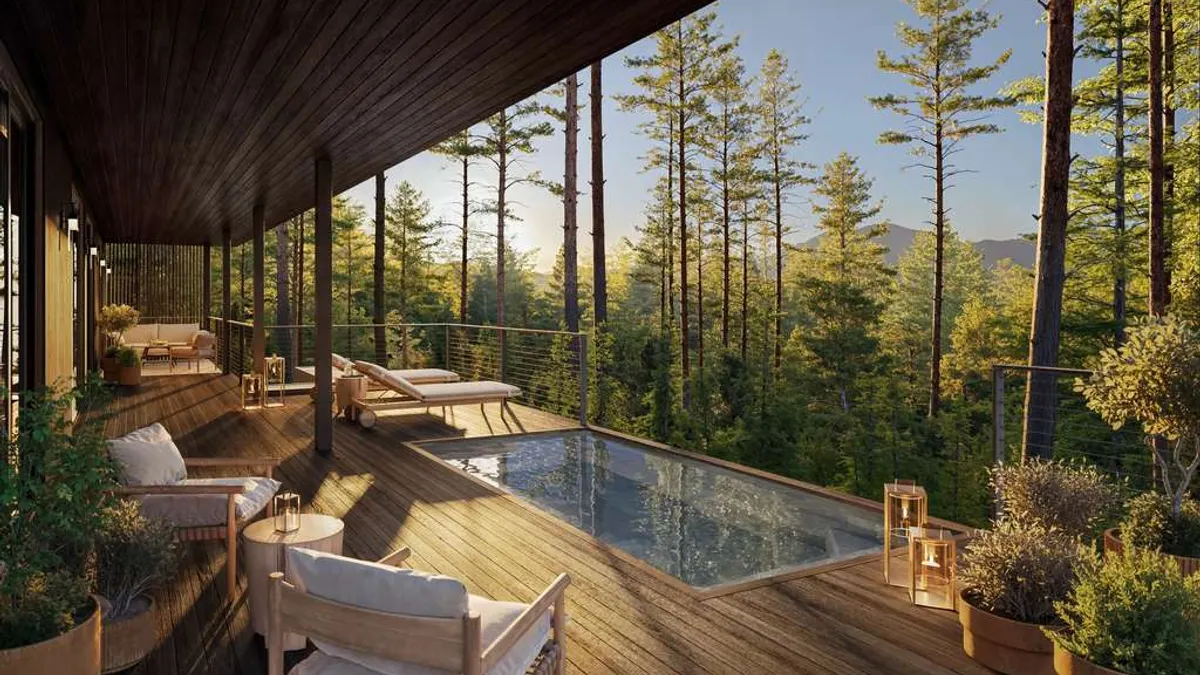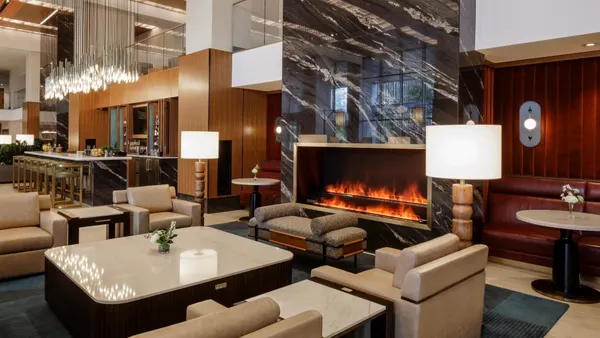NEW YORK — Many hoteliers at this week’s hospitality investment conferences in New York City spoke warily about ongoing economic uncertainty. But for the newly revived Starwood Hotels, the future is bright, according to Chief Development Officer Abhay Bakaya.
In a conversation as part of the Boutique and Luxury Lodging Association’s 2025 Boutique Hotel Investment Conference, Bakaya said Starwood plans to have approximately 50 hotels open by 2030. Currently, it has 40 hotels in its combined pipeline and portfolio, half of which are already open, Bakaya shared.
“We're very targeted in terms of how we want to curate the brands and where we want to see them come to life,” said Bakaya, who went on to share the company’s plans for expansion and brand strategies.
Formerly SH Hotels & Resorts, CEO Barry Sternlicht rebranded the company to Starwood earlier this year, reviving the brand he’d founded more than 30 years ago. The following are top takeaways from Bakaya’s conversation with BLLA’s Ariela Kiradjian, in which he shared insights into the company’s transformation and its plans for future expansion.
Coming back to life
When asked what was the catalyst for Starwood’s return, Bakaya joked, “probably Barry [Sternlicht] wanting to.”
“But I think, in all seriousness, it was the stage we’re at as a company, given the scale we now have,” he added. “We really do see ourselves as sort of a beacon for lifestyle and creative hotels with a strong scale and strong platform.”
In 2016, Marriott International acquired Starwood’s hotels — including Westin, W Hotels and Le Méridien — growing its portfolio to more than 5,700 properties at the time. Sternlicht got permission to revive the Starwood name earlier this year, and has used the new name to reposition his 2015-founded SH Hotels & Resorts.
Bakaya said the company’s rebrand better aligns with the scale and infrastructure it now offers.
“You can create the brands, but behind the scenes, it's a lot in the infrastructure, a lot of the technology, a lot in the distribution we drive,” he said. “The brands have now evolved. … We have a strong point of view on them, and we have a lot of scale coming.”
Expansion plans
Bakaya said a key difference between Starwood now and its previous iteration is that the first time around, it was “really a big real estate play.” Now, though, “it has its own intention and growth path.”
The company signs roughly five or six deals a year, “and we’re quite steady with that,” Bakaya noted, adding that Starwood is looking mostly at more established markets, such as global gateway cities, and, increasingly, resort markets.
Though Starwood’s existing approach is asset-light, the company is open to both acquiring existing assets for conversions as well as new-build construction, Bakaya shared.
“We're always debating … is it somehow more effective to do conversion versus new builds? And I think it could really work either way,” he said.
Three brands, three plans
Starwood owns the 1 Hotels, Baccarat and Treehouse Hotels brands, all of which play in different spaces. “Each brand has a very specific purpose,” Bakaya said, calling 1 Hotels Starwood’s “core brand.”
He added that the flag, which already has a “really strong” U.S. presence, is now pushing international expansion. 1 Hotels’ first Seattle property opened last month, and its Austin, Texas, hotel will open next year.
The ultra-luxury Baccarat, meanwhile, is “more selective” about where it expands, depending on the caliber of developer willing to sign on and the appetite of the local market. In its pipeline are a hotel in Rome opening this year, as well as residences slated to open in Miami in 2027.
Starwood’s newest brand, the 4- to 4.5-star Treehouse Hotels — which opened its first location in California’s Silicon Valley this year — has plans to open in Miami, the U.K., Australia and Saudi Arabia by 2028.
Top markets
Bakaya said that a lot of Starwood expansion has been “driven by the U.S. traveler, because that's where the propensity to spend comes from.”
He added that he’d love for Starwood to expand further in Texas, pointing to “a number of sites on offer in Dallas.” He said the company is also considering drive-to markets for resort development.
“We're not driven by having to sign X-number of rooms a year,” he said. “We are very focused on the story behind each signing — why it makes sense for us, and [if it is] additive to the brand.”
The rest of the strategy hinges on Starwood’s ability to develop an appealing hotel.
“[It] may sound obvious, but it's often the softer touches that really help give the hotels a little bit of that romance that I think they need to really pop,” he said.





